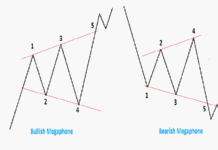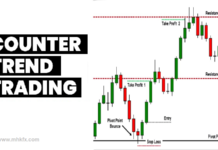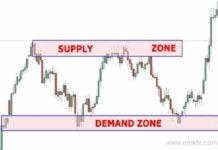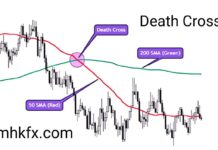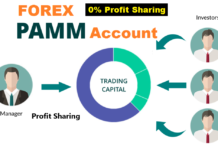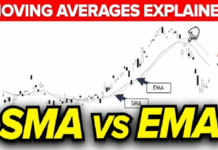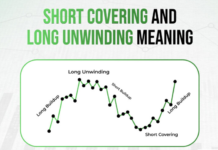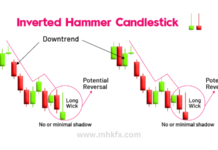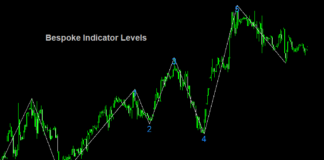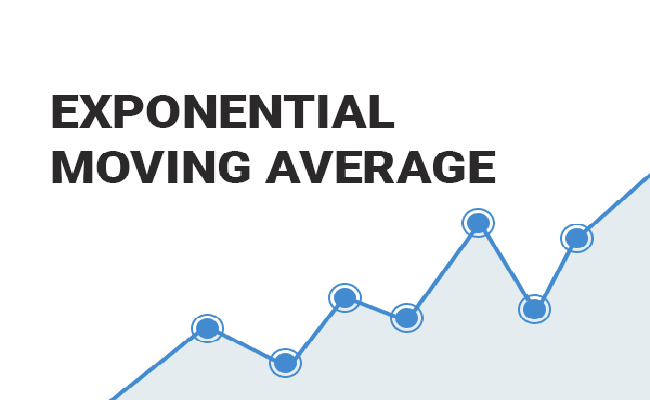
In finance, a moving average (MA) is an indicator commonly used in technical analysis. Calculating an asset’s moving average is to help smooth out the price data by creating a constantly updated average price and identifying a trend direction. By calculating the moving average, the impacts of random, short-term fluctuations on the price over a specified time frame are mitigated. Simple moving averages (SMAs) use a simple arithmetic average of prices over some timespan. In contrast, exponential moving average (EMA) place greater weight on more recent prices than older ones over the period.
In the context of finance and technical analysis, EMA stands for Exponential Moving Average. The EMA is a type of moving average that gives more weight to recent prices, making it more responsive to changes in price trends compared to a simple moving average (SMA). The formula for calculating the EMA involves applying more weight to the most recent data points, which helps the EMA respond more quickly to changes in price.
How to Choose a Moving Average for Your Strategy?
The choice of moving average depends on your trading style. Here are the most popular moving averages for different types of trading:
- 13 EMA tells you the short-trend term of the stock. It is a handy indicator for scalpers.
- 20 EMA is great for trading the trend on the lower timeframes (M5, M15). The moving average makes it easier to trade pullbacks and breakouts for the day traders, acting as a support and resistance for the price.
- 50 EMA shows you the medium trend of an asset. Thus, it is one of the favorite indicators of swing traders.
- 100 EMA is attractive to middle and long-term traders because it works great as a support and resistance. It is the most accurate when used on the H4 and Daily timeframes.
- 200 EMA is very popular and is most important for long-term trading, acting as the primary indicator to define the overall trend of an asset.
Traders and analysts use EMA indicators to identify trends, reversals, and potential entry or exit points in the financial markets. Shorter-term EMAs respond more quickly to price changes, while longer-term EMAs provide a smoother trend indication. Common periods for EMA calculations include 9, 12, 26, and 50, among others.
For example, the 9-day EMA’s is often used in conjunction with the 26-day EMA (exponential moving average) to create signals for potential buy or sell opportunities. This pairing is common in the context of the Moving Averages Convergence Divergence (MACD) indicator, which uses the difference between these two EMAs to generate trading signals.
It’s important to note that while EMAs are popular tools in technical analysis, they are just one of many indicators and should be used in conjunction with other analysis methods for more comprehensive decision-making.
Related Post:
Stock Market Volatility Sparks Interest in Moving Average

